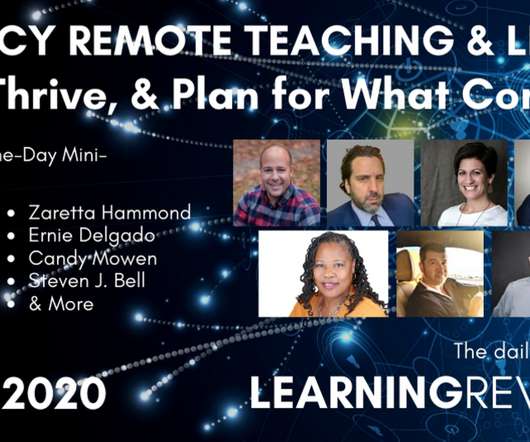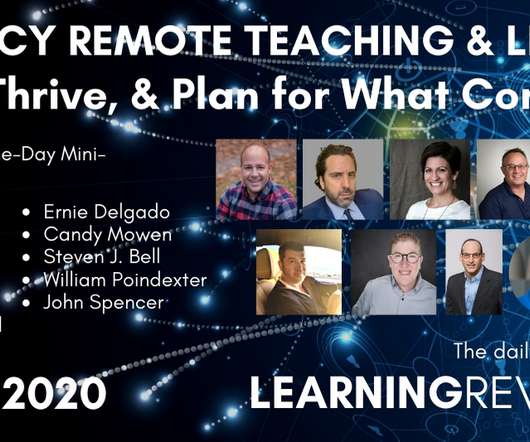Do Students Learn Better Online or in a Classroom: Statistics
eSchool News
APRIL 5, 2024
According to statistics of online learning vs. classroom, a meta-analysis conducted by the U.S. Department of Education in 2009 found that, on average, students in online learning environments performed slightly better than those in traditional classrooms. Conversely, a meta-analysis conducted by the U.S.
























Let's personalize your content